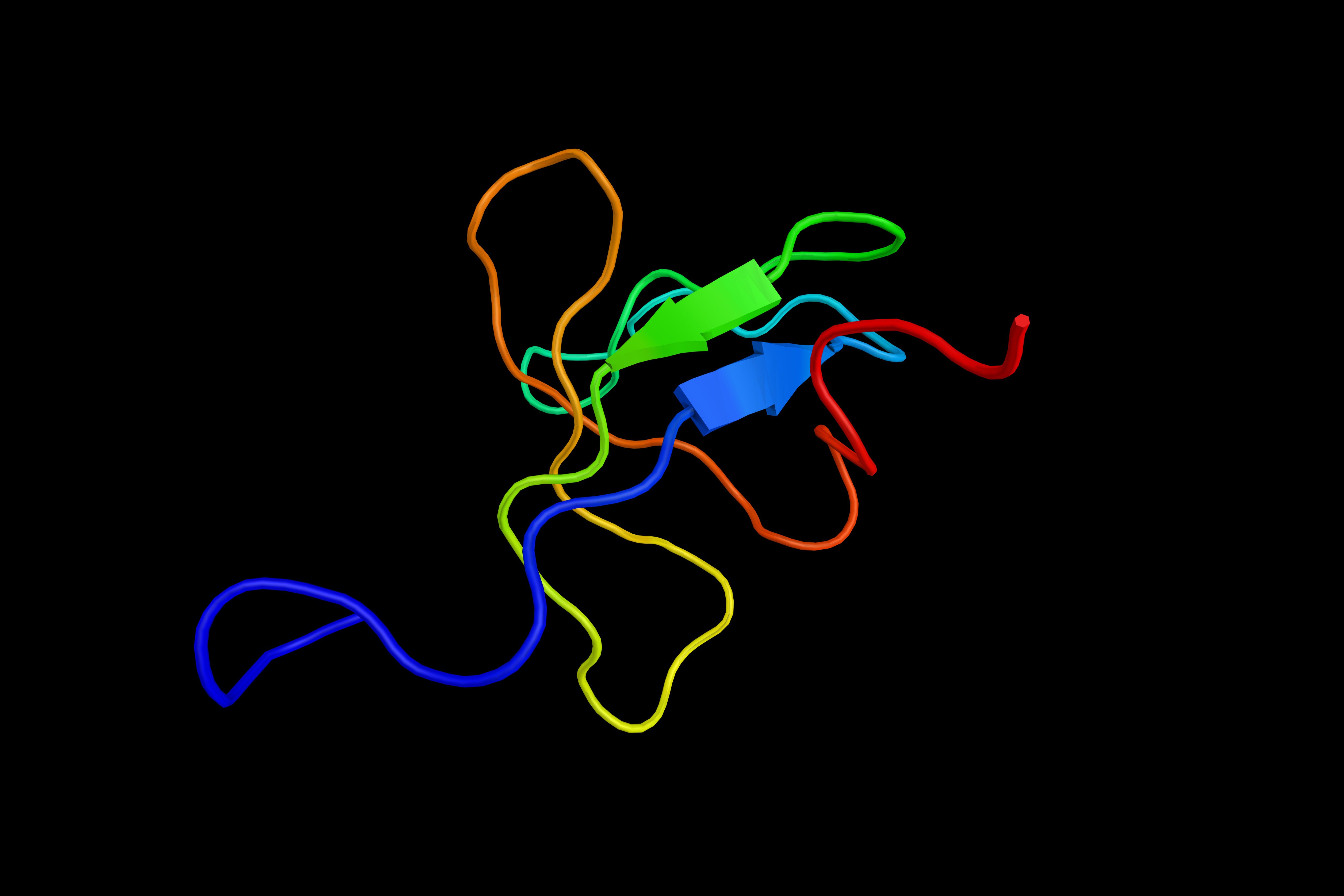- Center on Health Equity & Access
- Clinical
- Health Care Cost
- Health Care Delivery
- Insurance
- Policy
- Technology
- Value-Based Care
In CLL, BTK-Inhibitor Resistance Remains a Confounding Problem
Investigators say attempts to overcome mutational resistance to Bruton’s tyrosine kinase (BTK) inhibitors have had mixed results among patients who have chronic lymphocytic leukemia (CLL).
The development of Bruton’s tyrosine kinase (BTK) inhibitors has led to a paradigm shift in the treatment of chronic lymphocytic leukemia (CLL), but a new review article suggests better strategies are needed to out-maneuver BTK mutations that can foster treatment resistance.
Bruton's tyrosine kinase | Image credit: ibreakstock - stock.adobe.com

Writing in the journal Genes, study authors say the 2014 approval of ibrutinib (Imbruvica; Pharmacyclics/Janssen) as the first BTK inhibitor to treat CLL was a milestone, but not a panacea.
“In addition to BTK, ibrutinib targets other signaling proteins such as HER2 and TEC family proteins, which can lead to undesirable off-target effects in patients,” they noted. “Studies show that out of those who discontinue treatment, on average 30% had adverse effects (AE) including pneumonia, atrial fibrillation, and sepsis.”
Those problems led to the development of second-generation covalent BTK inhibitors, like acalabrutinib (Calquence; AstraZeneca), and the third BTK inhibitor zanubrutinib (Brukinsa; BeiGene).
“Like ibrutinib and acalabrutinib, it binds to the C481 (cysteine 481) residue of BTK,” the authors said. “However, its design allows more specific binding with fewer off-target effects, potentially lowering the number of AEs.”
Yet, the authors said these new therapies have not been able to overcome mutational resistance, mostly in the C481 position.
“Thus, a need to develop noncovalent BTK inhibitors that do not require binding to C481 resulted in the next generation of BTK targeted therapies being noncovalent BTK inhibitors,” they wrote.
One strategy has been to develop next-generation noncovalent BTK (ncBTK) inhibitors, such as fenebrutinib, nemtabrutinib, and pirtobrutinib (Jaypirca; Eli Lilly and Company).
“These inhibitors use hydrogen binding, ionic binding, and hydrophobic interactions to overcome mutational resistance from C481 mutations,” the study authors wrote.
Of the 3, pirtobrutinib has shown the most promise in CLL, with the authors saying the therapy led to a high overall response rate in a phase 1 trial, even among patients with C481 mutations. However, new mutations were discovered in patients who progressed while on the therapy.
“Future studies are necessary to determine which resistance mutations these ncBTK [inhibitors] can or cannot circumvent and their efficacy across a broader patient population,” they noted.
At the same time, drug developers have been working on therapies that target non-BTK proteins, the investigators noted.
“These have demonstrated effectiveness in treating both naïve and BTK inhibitor–refractory CLL patients,” they wrote.
For instance, PI3K inhibitors have led to significant response rates, but the authors said AE rates have raised concerns.
“This suggests that this treatment approach might be more suitable as a last-resort option for patients with progressive conditions,” they said.
The B-cell lymphoma-2 inhibitor venetoclax (Venclexta; Abbvie/Genentech) has shown efficacy in helping to overcome BTK mutational resistance, they wrote.
“Even so, this therapy faces its own challenges, with protein mutations showing resistance up to 25 months prior to recurrence,” they added.
Another approach is chimeric antigen receptor T-cell therapy, although the therapy has disappointing long-term response rates, the authors said.
All in all, the investigators said BTK inhibition remains at the center of scientific investigation of CLL, but they said it is not yet clear how to effectively stop the problem of mutational resistance.
“Mutants in BTK can physically block inhibitor binding or allow BTK to cause resistance through noncatalytic functions such as the scaffolding mechanism,” they wrote. “Future research efforts should aim to understand the full spectrum of BTK mutations and their implications in order to improve therapeutic development and ultimately patient outcomes.”
They said the “dynamic interplay” between the genomics of CLL and targeted therapies should be seen as bringing “both challenges and opportunities” to the search for better therapies to treat patients with CLL.
Reference
Chirino A, Montoya S, Safronenka A, Taylor J. Resisting the resistance: navigating BTK mutations in chronic lymphocytic leukemia (CLL). Genes (Basel). 2023;14(12):2182. doi:10.3390/genes14122182
